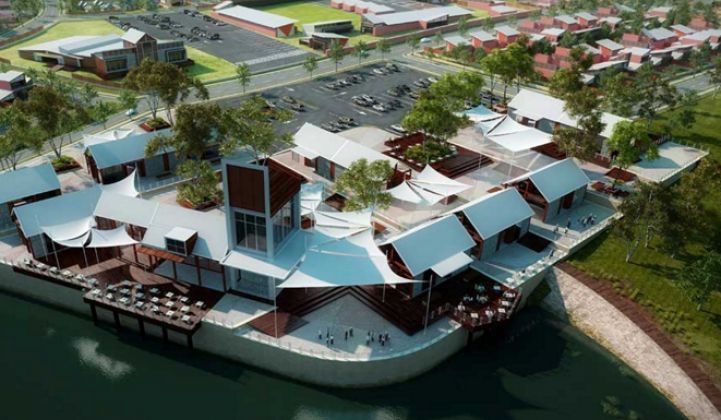LWP Property Group, an Australian property developer, has commissioned an AUD $1.1 million study to see if 7,500 new homes can run entirely off-grid.
Huntlee, a new township planned in the Hunter Region of New South Wales, could soon become Australia’s first off-grid town -- setting up similar developments across the country.
The Australian Renewable Energy Agency is putting AUD $442,000 behind the study.
Brookfield Renewable Energy Partners, a Canadian project developer with a 7-gigawatt wind and hydro portfolio across North and Latin America and Europe, will carry out the feasibility study.
Brookfield’s Australian subsidiary Flow Systems will lead the work in collaboration with Siemens, the consultancy firm Kinesis and the Commonwealth Scientific and Industrial Research Organization.
The project will be aimed at integrating as much renewable energy as possible. But it is not clear if the community’s power supplies will end up being 100 percent carbon-free.
Flow Systems operates a natural-gas network in New South Wales, which will likely be tied to the project.
Huntlee will need “a combination of solar and gas; you need two sources to ensure that there's a reliable supply of electricity at all times," said Danny Murphy, LWP's managing director, speaking to ABC.
Terry Leckie, founder and managing director of Flow Systems, told the Fifth Estate that the goal of the study “was to develop a model that has 10 times the penetration of renewables of the current grid at an equivalent cost.” A microgrid mix of 60 percent solar-plus-storage and 40 percent gas generation seems likely.
There are good reasons for LWP to show off green credentials at Huntlee, which has been under construction since February 2014 and will house around 20,000 residents.
The development has faced opposition from environmental groups because it is being built on the natural habitat of a critically endangered plant species, the North Rothbury Persoonia (Persoonia pauciflora), of which only about 350 remain.
Concerns over habitat destruction led the Land and Environment Court of New South Wales to reject LWP’s plans twice.
The rejections were overturned in December 2011, but LWP set aside around 625 hectares of land as a park to preserve 22 of the Persoonia shrubs within the Huntlee boundary.
Adding a mostly clean-energy microgrid into the mix would be an extra bonus. "We see Huntlee being an example which can then be applied across all greenfield projects throughout Australia," Murphy told ABC.
Cosmin Laslau, a senior analyst at Lux Research in the U.S., told GTM that more communities would likely follow suit if the Huntlee project is successful.
“For communities that have to be off-grid because of geographical isolation, incumbent solutions are very costly, like trucking in diesel fuel, so solar-plus-storage can provide a pretty clear financial case for saving money via distributed renewable generation,” he said.
To date, added Laslau, developers have been skeptical about going off-grid because of lack of knowledge about the reliability, performance and true costs of microgrid technology. “But once the initial solar-plus-storage trials prove themselves in Australia, we certainly do expect much greater adoption,” he said.



